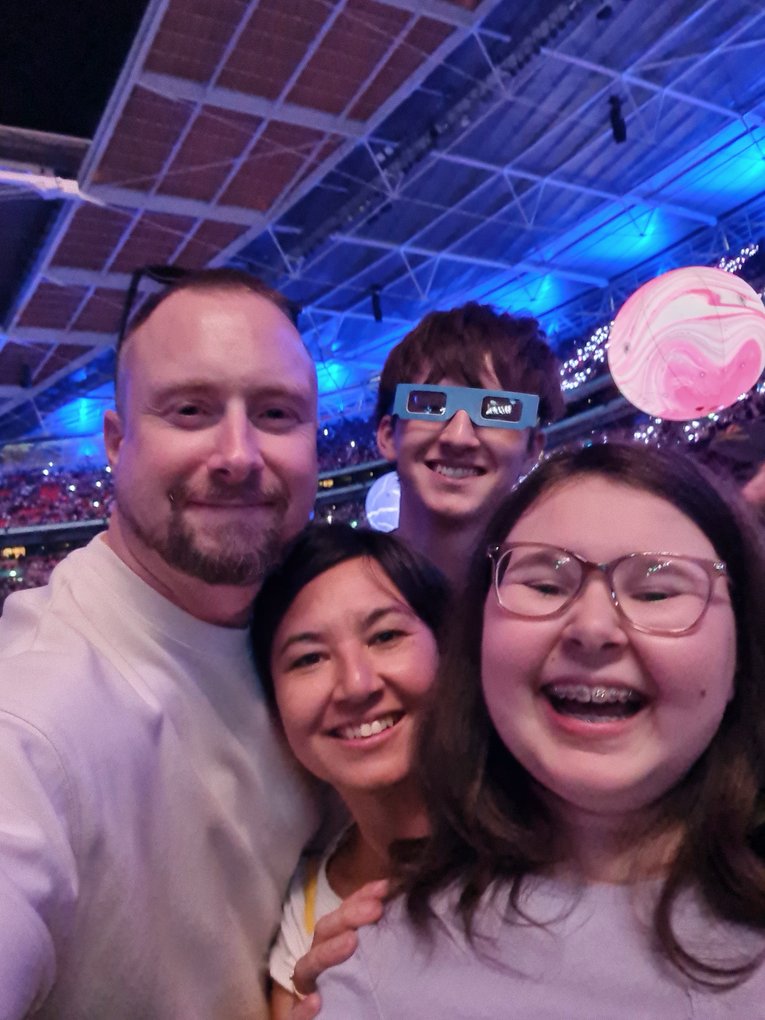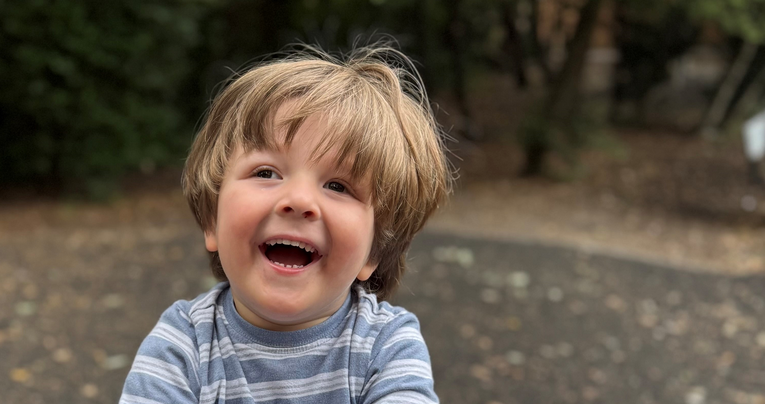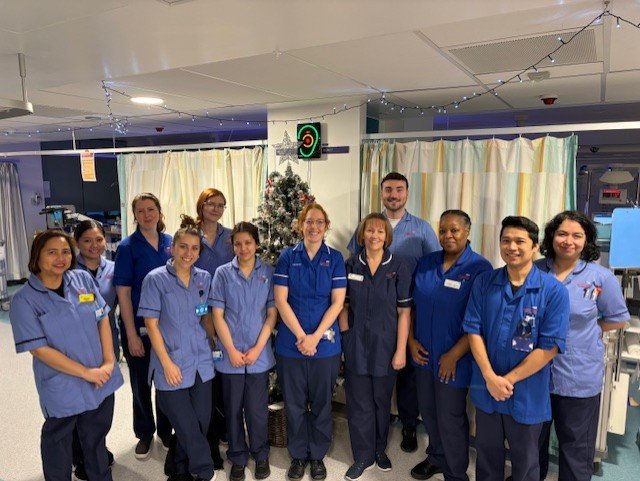
https://www.gosh.nhs.uk/news/receiving-two-pioneering-surgeries-aleks-story/
Receiving two pioneering surgeries – Aleks’ story
22 Aug 2018, 12:15 p.m.
Aleks was only six years old when her mum, Dana, noticed there was something not right about her left eye.
“We discovered she had a lump under her eye, just inside her eye, which gradually got bigger, pushing her eye upwards,” says Dana. “We didn’t really know what it was, but we never thought it was anything serious.”
Aleks was referred to her local hospital for an operation to try and find out what was wrong. Further investigation was needed and, unfortunately, after a second operation, the bones around Aleks’ eye socket collapsed.
After more tests and scans, Aleks was eventually diagnosed with orbital chordoma – a very rare type of bone cancer. "The whole thing, it was just really awful," adds Dana.
Aleks’ first specialist surgery
It was then that Aleks was referred for specialist treatment at Great Ormond Street Hospital (GOSH). The Craniofacial team at GOSH used pioneering techniques to remove the tumour, which involved removing Aleks’ eye and cheekbone before having proton beam therapy in the USA.
Although the proton beam therapy was successful, the treatment was aggressive. The high dosage involved in the treatment meant that the skin around Aleks’ eyes began to thin, which meant that she would need to have the area reconstructed.
Aleks’ second specialist surgery
Aleks was able to have specialist reconstructive surgery on her eye socket and cheek, using skin and bone from her hip. As a result of previous radiotherapy treatment, Aleks had poor blood supply to her cheek. Consequently, the team at GOSH had to use a technique to transfer tissue with its blood vessels, which they joined up with the blood vessels in the face to create a blood supply. The team used innovative 3D planning to find a piece of hip bone supplied by an artery that was the perfect shape for the reconstruction.
Aleks’ surgeon, David Dunaway, says: “Finding the right shaped bone needed for Aleks’ reconstruction was absolutely crucial. We needed to be very accurate – innovative 3D printing and planning allowed us to do that.
“Thanks to GOSH Children’s Charity’s Face Value Appeal, the Craniofacial team at GOSH have been able to establish an ambitious clinical research programme which has led to new techniques and devices to improve the precision of craniofacial surgery, including many 3D craniofacial technologies.”
Making the most of life
Now 11 years old, Aleks' treatment is still ongoing, but when she is well enough she can do all the things she enjoys.
"She loves arts and crafts, especially drawing," says Dana. "When she can, she likes to go out on her bike and see her friends.
“Aleks has been receiving excellent care from GOSH and we are truly grateful to our team that have been with us through it all. Our overall impression of GOSH is that it is caring, committed and amazing.”
Filming with Paul O’Grady
Speaking about filming Paul O’Grady’s Little Heroes, Dana adds: “It was amazing being asked to be on the show.
“Aleks’ best bit about filming was meeting the crew at our home first, where she felt comfortable with us and her sisters there. Aleks couldn't wait to meet Paul O'Grady. He is such a lovely man, he was very friendly and funny and made her feel very special. He’s just like he is on TV, really.
“For the viewers watching the show, hopefully they’ll take in just how amazing, brave and resilient our girl has been through it all, and that it will give people some more insight on rare cancers out there just like Aleks’.”
Little heroes

‘Ready-made’ T-cell gene therapy tackles ‘incurable’ T-Cell leukaemia
A groundbreaking new treatment using gene-edited immune cells, developed at GOSH and UCL has shown promising results in helping children and adults fight a rare and aggressive cancer

NHS genetic testing gives ‘power’ to families with rare conditions
A new study has shown that whole genome sequencing, now offered as part of NHS care, allows children with rare conditions to access the right care faster.

GOSH Neonatal teams excelling in family-centred care
GOSH NICU has been awarded Bliss Baby Charter Silver Accreditation - a prestigious recognition of excellence in family-centred care.

GOSH manufactures new gene therapy for rare condition
A specialist laboratory team based at Great Ormond Street Hospital have manufactured a new gene therapy to treat a baby with the rare genetic condition, Hunter Syndrome.
